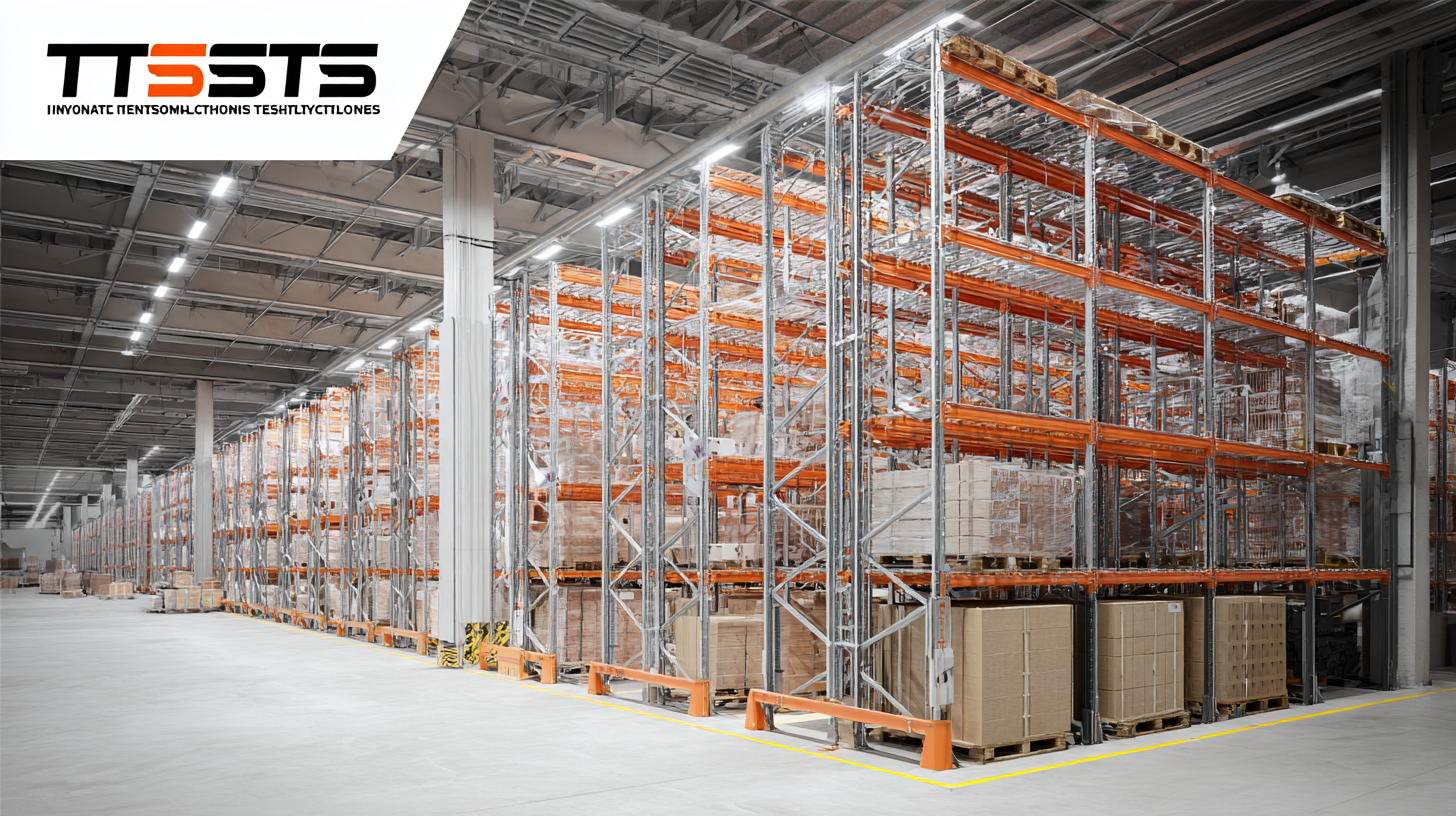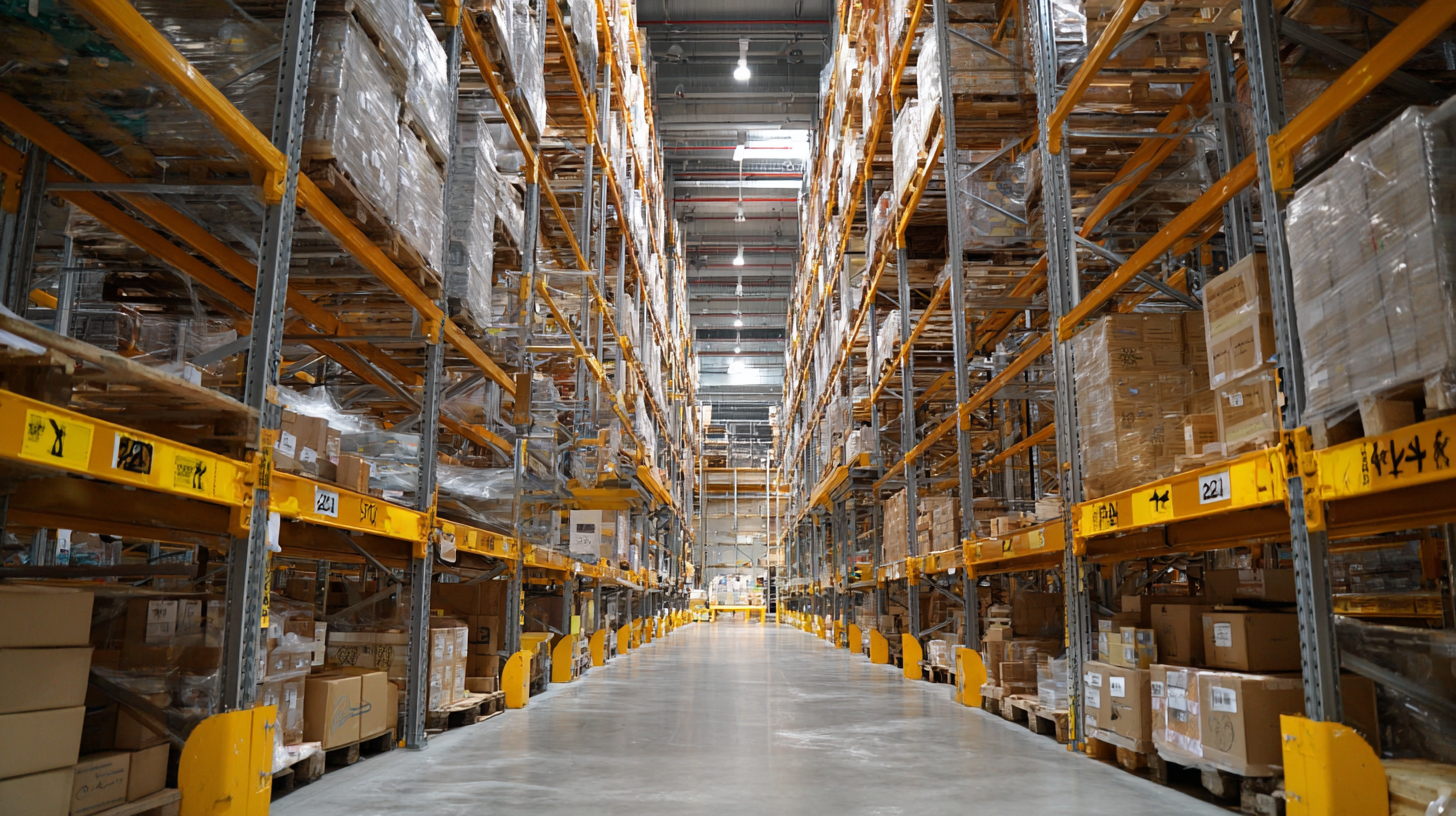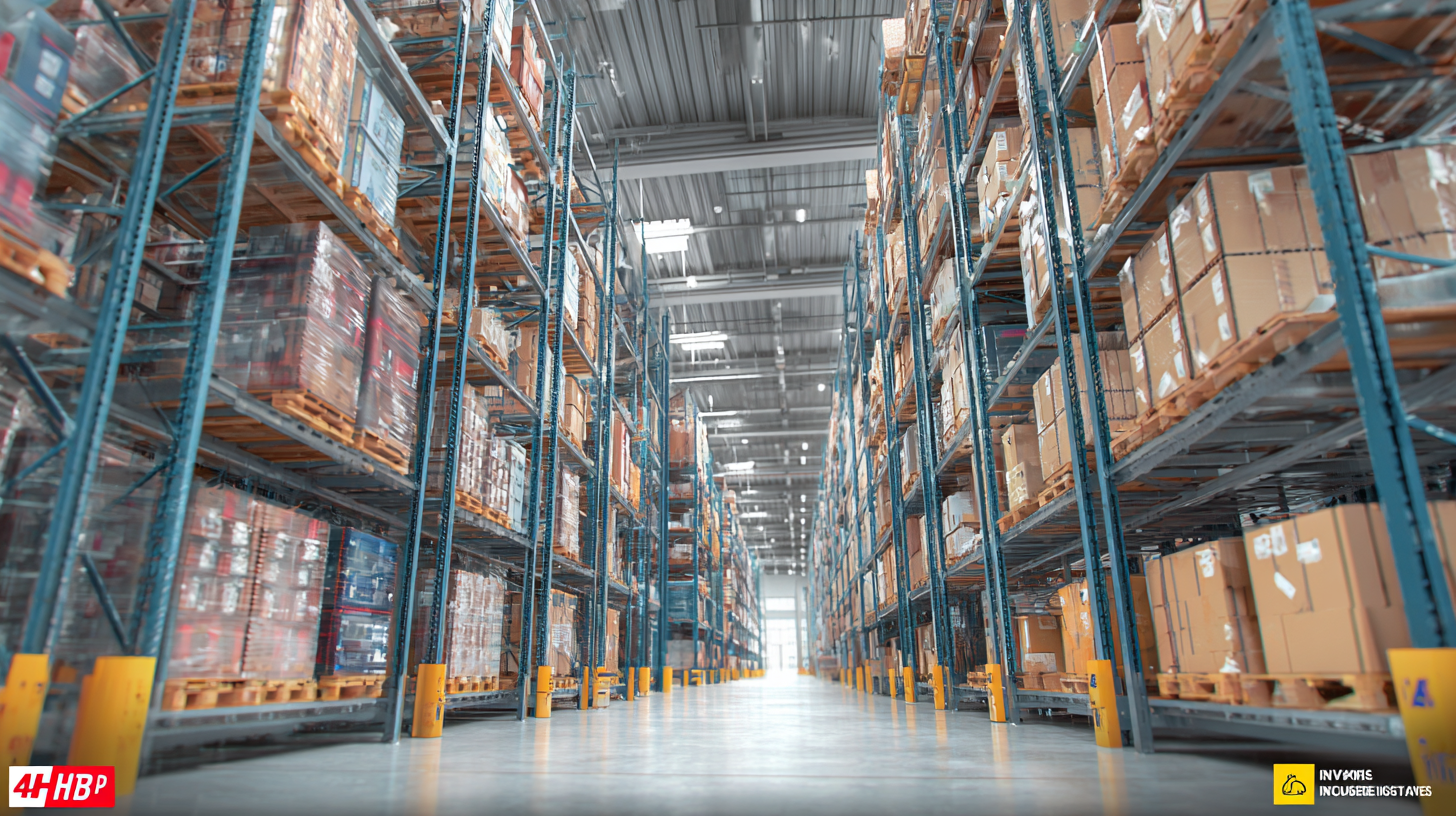Innovative Technologies Shaping Best Warehouse Shelving Systems in 2025 and How to Adapt
As the logistics and warehousing industry rapidly evolves, Warehouse Shelving Systems are becoming increasingly crucial in optimizing space and enhancing operational efficiency. According to a report by Research and Markets, the global warehouse management system market size is projected to reach $18 billion by 2025, demonstrating the significant investment businesses are making in innovative storage solutions. With advancements in technology, including automation and real-time inventory tracking, organizations must adapt their shelving systems to not only maximize storage capacity but also reduce the cost and frequency of maintenance. Emphasizing the importance of after-sales service, companies can improve the longevity and efficiency of their Warehouse Shelving Systems while minimizing downtime and repair expenditures. This blog will explore the critical role of innovative technologies in shaping warehouse shelving solutions in 2025 and provide actionable strategies for businesses looking to stay ahead in a competitive landscape.

Emerging Technologies Revolutionizing Warehouse Shelving Systems by 2025
As we look towards 2025, emerging technologies are set to revolutionize warehouse shelving systems, transforming the way businesses manage their supply chains. According to a recent report by MarketsandMarkets, the global warehouse automation market is projected to reach $30 billion by 2026, growing at a CAGR of 14% from 2021 to 2026. This surge in automation is primarily driven by advancements in robotics, artificial intelligence, and IoT, which are all poised to enhance inventory management and optimize shelving configurations.

One of the significant innovations is the integration of AI-powered systems that analyze inventory patterns in real time. This allows for dynamic shelving solutions that can adapt based on demand fluctuations. Additionally, the adoption of IoT devices enables warehouses to track inventory levels and shelf space utilization more accurately, leading to improved efficiency. A report by Deloitte forecasts that companies implementing these technologies can reduce their inventory holding costs by up to 30%. As we embrace these advancements, it’s essential for warehouse operators to invest in training and technology integration to fully benefit from the capabilities of modern shelving systems.
Key Technical Specifications of Advanced Warehouse Shelving Solutions
As we look toward 2025, the evolution of warehouse shelving systems is increasingly influenced by innovative technologies designed to enhance efficiency and maximize space utilization. Key technical specifications of advanced warehouse shelving solutions now prioritize adaptability and modularity. High-density storage systems, such as adjustable shelving units, can be customized to accommodate various product sizes, enabling warehouses to handle a broader array of inventory without sacrificing valuable floor space.

Furthermore, the integration of smart technologies plays a crucial role in modern shelving solutions. Built-in sensors and RFID capabilities allow for real-time inventory tracking, minimizing errors and improving stock management. Additionally, the incorporation of automated retrieval systems can further streamline operations, reducing the time workers spend locating and accessing stored items. These advancements not only improve operational efficiency but also enhance safety in the warehouse environment by reducing manual handling and potential injuries. As warehouses invest in these advanced shelving solutions, they must also consider the compatibility of existing systems and their overall impact on logistics and workflow.
How to Choose the Right Shelving System for Future Warehouse Needs
In 2025, selecting the right shelving system for warehouses is crucial as innovative technologies continue to evolve. With the rising demand for efficiency in logistics, understanding different types of shelving systems becomes imperative. From cantilever racks to drive-in pallet racking, each system offers unique benefits tailored to specific warehouse needs. For instance, selective pallet racking provides easy access to all pallets, making it ideal for warehouses with a high product turnover. In contrast, drive-in systems maximize storage density, suitable for high-volume, low-variability inventories.
The market for industrial shelving systems is expected to grow significantly, influenced by trends in automation and sustainability. Businesses must analyze their inventory management and loading needs to choose the optimal system. Factors such as weight capacity, height, and configuration play a critical role in this decision-making process. Furthermore, as companies adapt to ever-changing logistics demands, investing in flexible shelving solutions will be essential for maintaining competitiveness in the evolving warehouse landscape. Engaging with specialists and exploring the latest advancements can help organizations stay ahead in their shelving choices.
Innovative Technologies in Warehouse Shelving Systems (2025)
This chart illustrates the adoption rate of various innovative technologies in warehouse shelving systems projected for the year 2025. Understanding these trends will help businesses adapt their shelving strategies to future needs.
Strategies for Integrating Innovative Technologies into Existing Warehouses
As we move towards 2025, the warehousing sector is witnessing rapid technological advancements that demand a strategic approach to integrating these innovations into existing operations. One of the prominent trends is the adoption of artificial intelligence and digital twin technologies. A recent study indicates that AI can enhance warehouse efficiency by up to 30% by optimizing inventory management and order fulfillment processes. By creating digital twins of warehouses, companies can simulate operations and identify potential bottlenecks before they occur, enabling proactive adjustments.
Furthermore, the incorporation of augmented reality (AR) into warehouse systems is transforming the picking and packing processes. Research shows that AR can increase order picking speed by 25%, significantly reducing labor costs and improving accuracy. Logistics companies that embrace these technologies will not only streamline operations but also adapt to the evolving e-commerce landscape. In the coming years, successful integration strategies will be key, as organizations leverage these tools to enhance productivity and customer satisfaction while mitigating the complexities of modern supply chains.
Preparing Your Warehouse for Tomorrow: Adaptation Techniques and Best Practices
As we approach 2025, the landscape of warehouse operations is evolving rapidly, driven by innovative technologies that enhance efficiency and accuracy. To prepare for tomorrow's challenges, warehouse managers must adopt adaptation techniques that align with industry best practices. According to a recent report by **MHI**, 74% of warehouses are planning to invest in automation and advanced technologies to remain competitive. This makes it essential for facilities to assess their current shelving systems and explore modular or dynamic shelving solutions that can accommodate varying inventory types and sizes.
Implementing data analytics and warehouse management systems (WMS) allows facilities to optimize their storage and retrieval processes. **Gartner** notes that organizations leveraging WMS can improve inventory accuracy by up to 30%, reducing costly errors and streamlining operations. Moreover, embracing sustainable practices, such as incorporating eco-friendly materials in shelving systems, not only meets regulatory demands but also appeals to environmentally conscious consumers. By proactively adapting to these emerging trends, warehouses can enhance agility, improve space utilization, and ultimately drive growth in an increasingly competitive market.
Innovative Technologies Shaping Best Warehouse Shelving Systems in 2025 and How to Adapt
| Technology | Description | Benefits | Adaptation Techniques |
|---|---|---|---|
| Automated Storage and Retrieval Systems (AS/RS) | Systems that automatically handle the storage and retrieval of goods. | Increased efficiency, reduced labor costs, and optimized space. | Invest in technology training and gradual implementation in phases. |
| Mobile Shelving Units | Shelving that can be easily moved to create more space when needed. | Maximizes floor space and can be reconfigured quickly. | Analyze storage needs regularly and adjust shelving layouts accordingly. |
| IoT-Enabled Shelving | Shelving systems equipped with sensors that track inventory levels. | Real-time inventory management and reduced stock discrepancies. | Implement IoT solutions gradually and ensure staff are trained on data interpretation. |
| Robotic Picking Systems | Robots that automate the picking process in warehouses. | Increased picking speed and accuracy while reducing labor costs. | Gradual integration with existing systems to allow smooth transitions. |
| Advanced Inventory Management Software | Software that helps manage stock levels, orders, and deliveries effectively. | Better decision making, reduced stockouts, and improved customer satisfaction. | Conduct regular training for staff to make full use of the software capabilities. |

